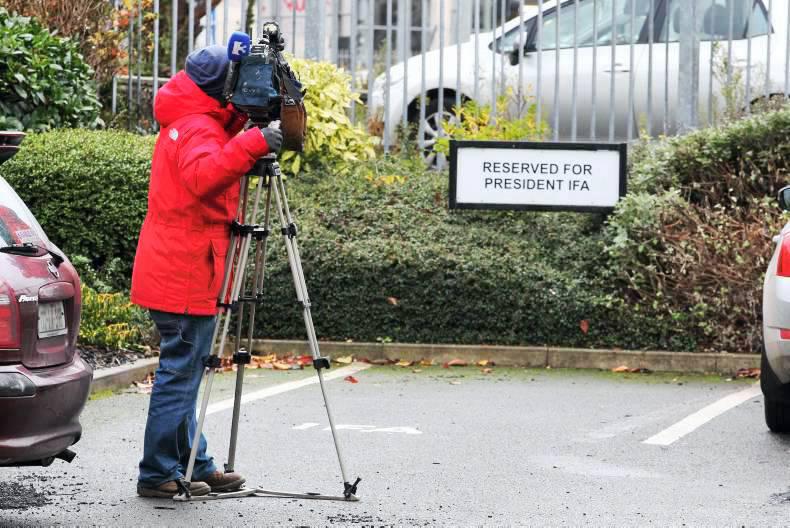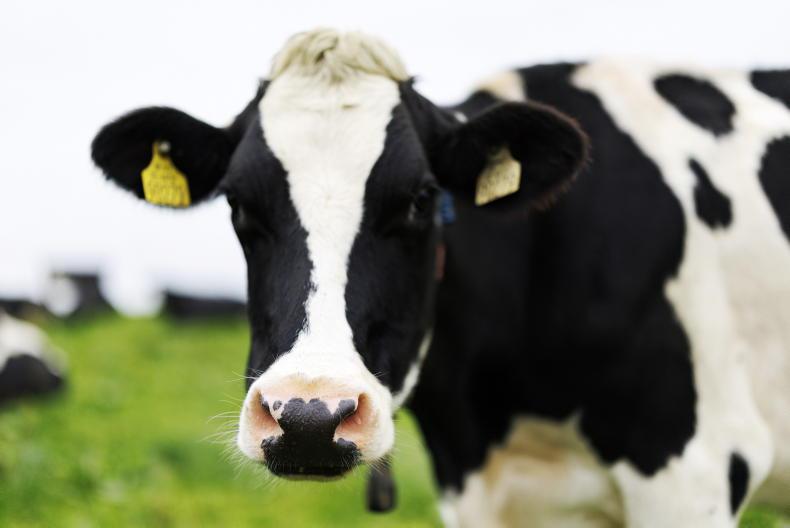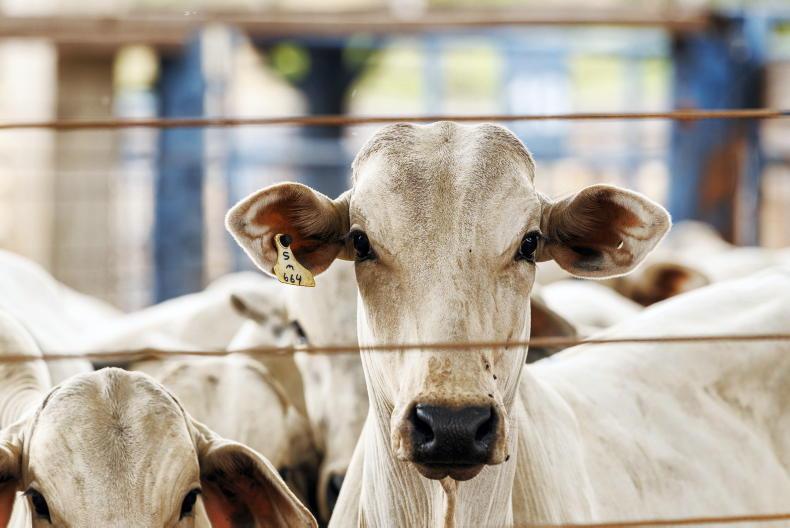Known as the European Involvement Fund (EIF), farmer levies were first introduced after Ireland agreed to join the European Economic Community (EEC) in 1972. The idea for the levy was the brainchild of former IFA president Donnie Cashman, who believed it was the only way to fund a permanent office in Brussels to negotiate on all farmers’ behalf.
In its earliest form, the levy consisted of 0.1%, or £1 for every £1,000, of sales at marts. Levies on cattle sold at factories soon followed after. A levy on milk was not introduced until 1983, when a 1% charge was introduced just before production quotas were brought in. The levy on milk was increased to 0.15% in 2002.
From the start, levies were automatically deducted from farmer cheques, although farmers always had the option to ask for them to be stopped.
The funding collected from levies has become substantial and increased hand in hand with the growth of Irish agricultural production. Last year, over €5.3m was collected in farmer levies, with the majority coming from dairy and beef levies. Dairy farmers contributed €1.9m or 37% of the total, while levies collected at beef factories were just over €1.5m, or 29% of the total. The marts collected a further €1m, or 19%, of all levies last year.
The remaining €797,000 of the EIF came from levies on pigs, grain, poultry, horticulture, aquaculture, sheep, potatoes and forestry.
Who gets what?
Of the €5.3m in total levies collected last year, close to 90% of this (€4.7m) goes to the IFA. Levies from all sectors accounted for 37% of the IFA’s total income last year of €12.8m.
While initially set up as a method to fund the association’s activities in Europe, income from the levy has far outgrown the cost of the IFA’s Brussels office, which cost €680,000 to run last year.
Macra na Feírme receives a 20% share of the money collected from farmer milk cheques. In 2014 and 2013, Macra received €332,000 in milk levies, with the majority of this coming from manufacturing milk.
When the EIF began collecting milk levies in 1983 before milk quotas were introduced, the original agreement between the IFA and Macra was for a 70:30 split in the income. When the levy on milk cheques was increased to 0.15% in 2002, the arrangement was changed with the IFA now getting 80% and Macra getting just 20%.
The ICMSA does not get funding from mart sales but does take in around €170,000 in levies from beef processors, mainly collected through ABP plants. The ICMSA also receives levies on milk as well as membership fees from processors. This comes from farmers supplying milk, with 94% signing an application to have levies deducted for ICMSA.
Read more
IFA and ABP levy row escalates fast
Will others follow ABP?
What do the developments on levies mean for farmers?
Editorial: War of words between IFA and ABP
Known as the European Involvement Fund (EIF), farmer levies were first introduced after Ireland agreed to join the European Economic Community (EEC) in 1972. The idea for the levy was the brainchild of former IFA president Donnie Cashman, who believed it was the only way to fund a permanent office in Brussels to negotiate on all farmers’ behalf.
In its earliest form, the levy consisted of 0.1%, or £1 for every £1,000, of sales at marts. Levies on cattle sold at factories soon followed after. A levy on milk was not introduced until 1983, when a 1% charge was introduced just before production quotas were brought in. The levy on milk was increased to 0.15% in 2002.
From the start, levies were automatically deducted from farmer cheques, although farmers always had the option to ask for them to be stopped.
The funding collected from levies has become substantial and increased hand in hand with the growth of Irish agricultural production. Last year, over €5.3m was collected in farmer levies, with the majority coming from dairy and beef levies. Dairy farmers contributed €1.9m or 37% of the total, while levies collected at beef factories were just over €1.5m, or 29% of the total. The marts collected a further €1m, or 19%, of all levies last year.
The remaining €797,000 of the EIF came from levies on pigs, grain, poultry, horticulture, aquaculture, sheep, potatoes and forestry.
Who gets what?
Of the €5.3m in total levies collected last year, close to 90% of this (€4.7m) goes to the IFA. Levies from all sectors accounted for 37% of the IFA’s total income last year of €12.8m.
While initially set up as a method to fund the association’s activities in Europe, income from the levy has far outgrown the cost of the IFA’s Brussels office, which cost €680,000 to run last year.
Macra na Feírme receives a 20% share of the money collected from farmer milk cheques. In 2014 and 2013, Macra received €332,000 in milk levies, with the majority of this coming from manufacturing milk.
When the EIF began collecting milk levies in 1983 before milk quotas were introduced, the original agreement between the IFA and Macra was for a 70:30 split in the income. When the levy on milk cheques was increased to 0.15% in 2002, the arrangement was changed with the IFA now getting 80% and Macra getting just 20%.
The ICMSA does not get funding from mart sales but does take in around €170,000 in levies from beef processors, mainly collected through ABP plants. The ICMSA also receives levies on milk as well as membership fees from processors. This comes from farmers supplying milk, with 94% signing an application to have levies deducted for ICMSA.
Read more
IFA and ABP levy row escalates fast
Will others follow ABP?
What do the developments on levies mean for farmers?
Editorial: War of words between IFA and ABP










SHARING OPTIONS